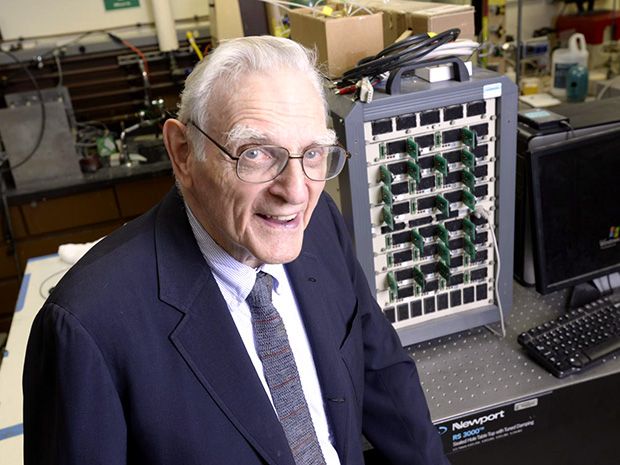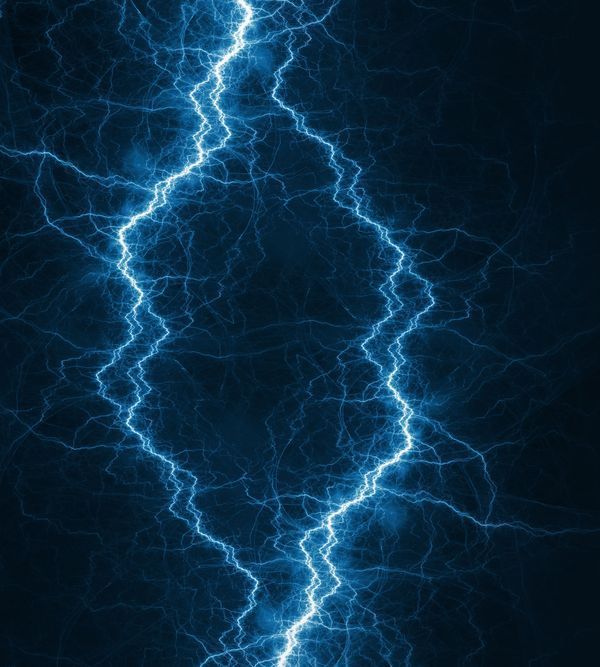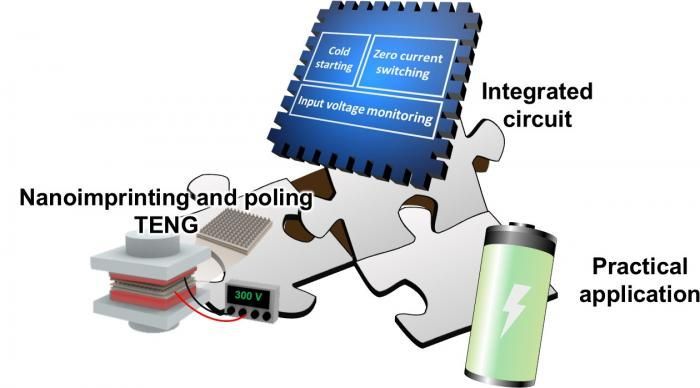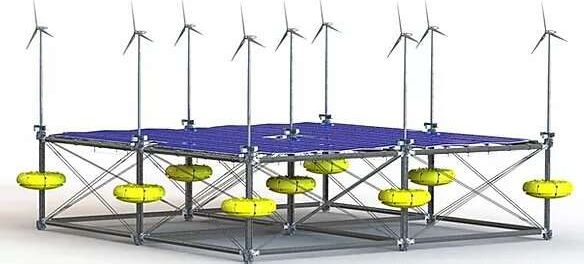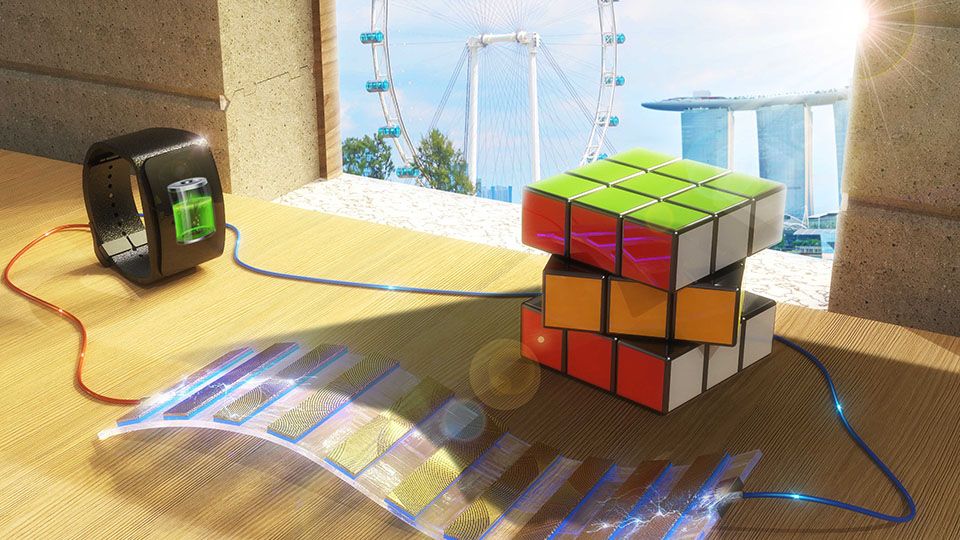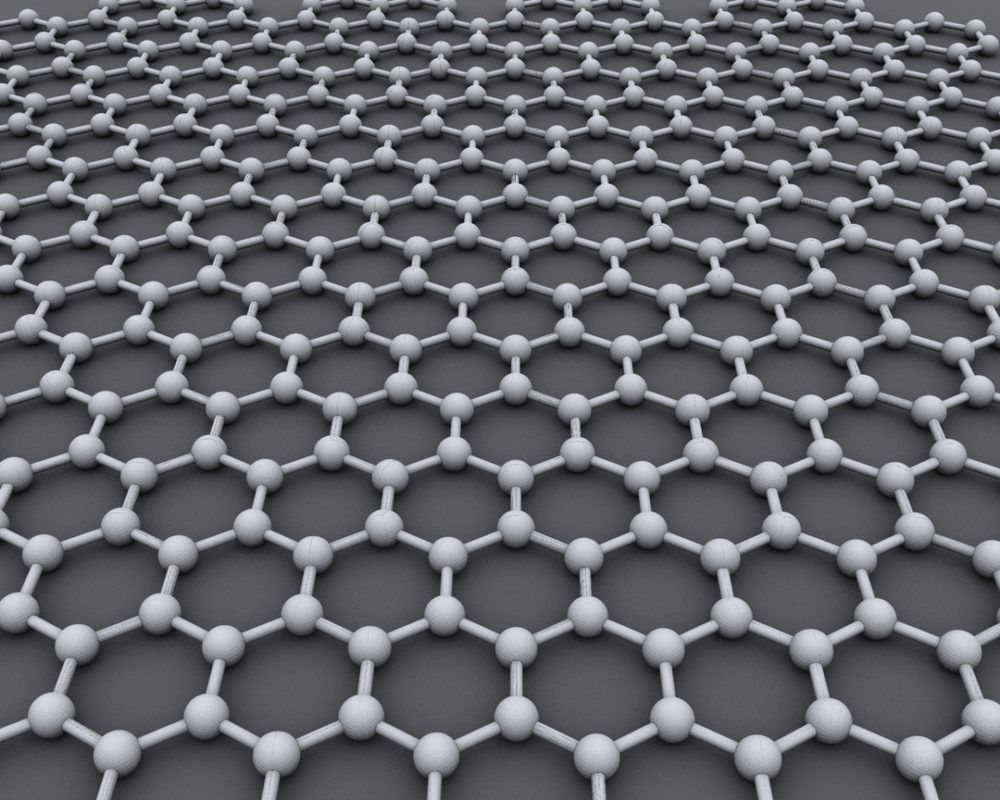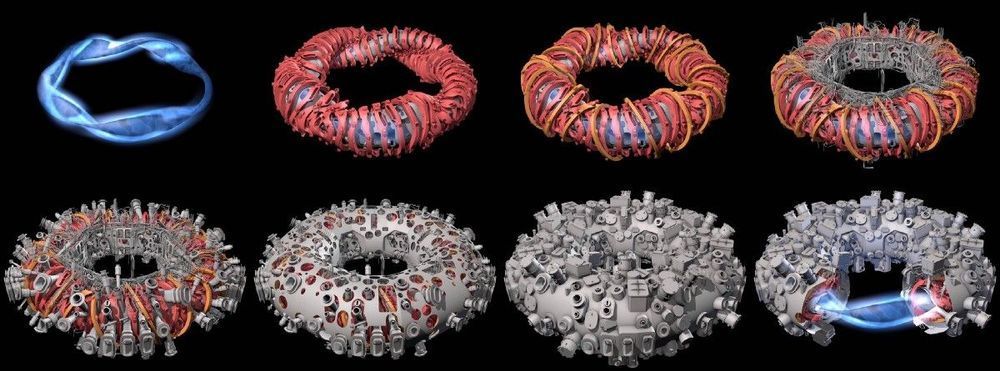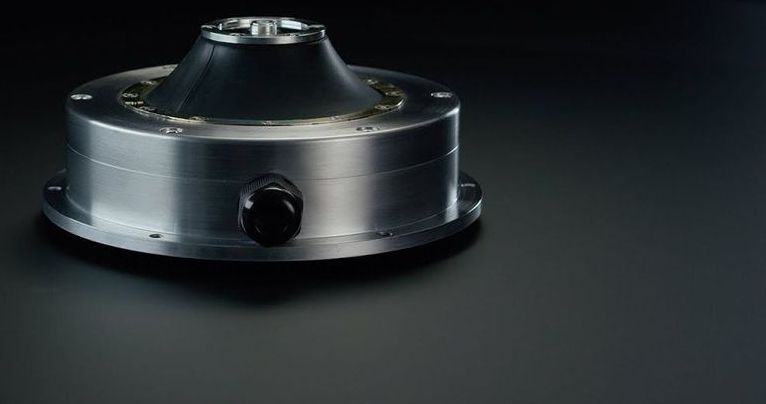Circa 2017
Electric car purchases have been on the rise lately, posting an estimated 60 percent growth rate last year. They’re poised for rapid adoption by 2022, when EVs are projected to cost the same as internal combustion cars. However, these estimates all presume the incumbent lithium-ion battery remains the go-to EV power source. So, when researchers this week at the University of Texas at Austin unveiled a new, promising lithium- or sodium–glass battery technology, it threatened to accelerate even rosy projections for battery-powered cars.
“I think we have the possibility of doing what we’ve been trying to do for the last 20 years,” says John Goodenough, coinventor of the now ubiquitous lithium-ion battery and emeritus professor at the Cockrell School of Engineering at the University of Texas, Austin. “That is, to get an electric car that will be competitive in cost and convenience with the internal combustion engine.” Goodenough added that this new battery technology could also store intermittent solar and wind power on the electric grid.
Yet, the world has seen alleged game-changing battery breakthroughs come to naught before. In 2014, for instance, Japanese researchers offered up a cotton–based (!) new battery design that was touted as “energy dense, reliable, safe, and sustainable.” And if the cotton battery is still going to change the world, its promoters could certainly use a new wave of press and media releases, as an Internet search on their technology today produces links that are no more current than 2014–2015 vintage.
